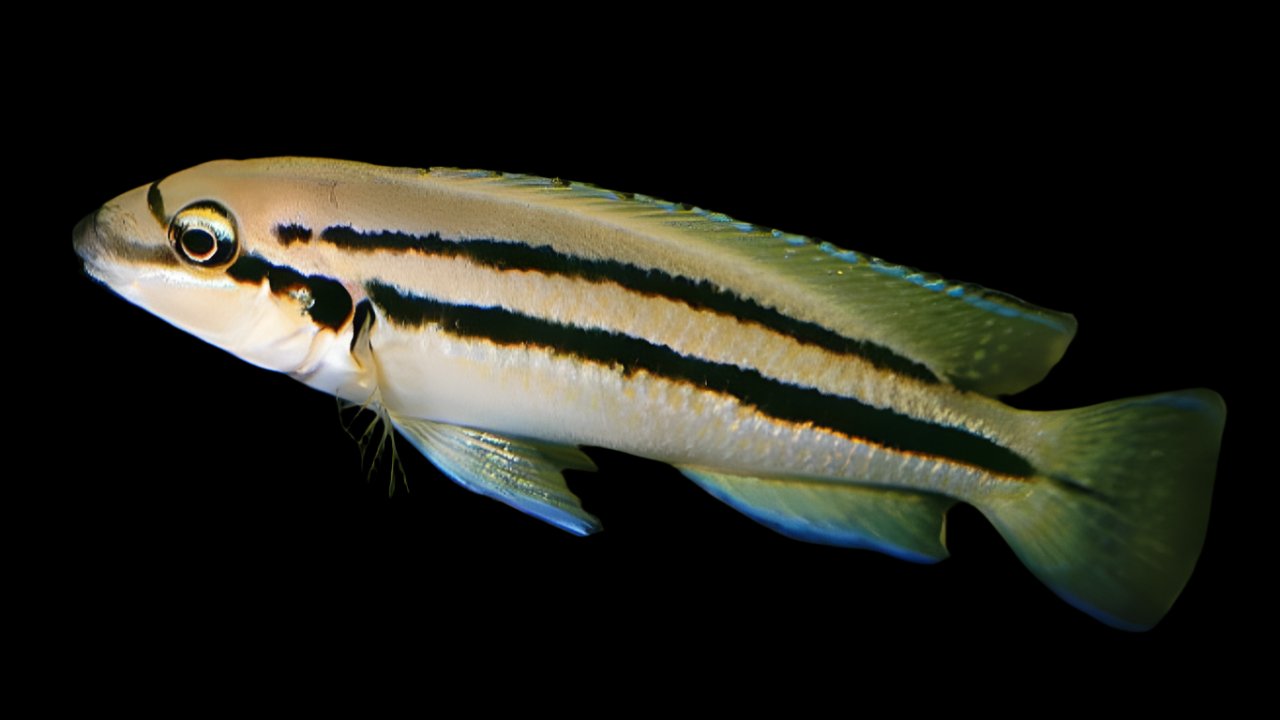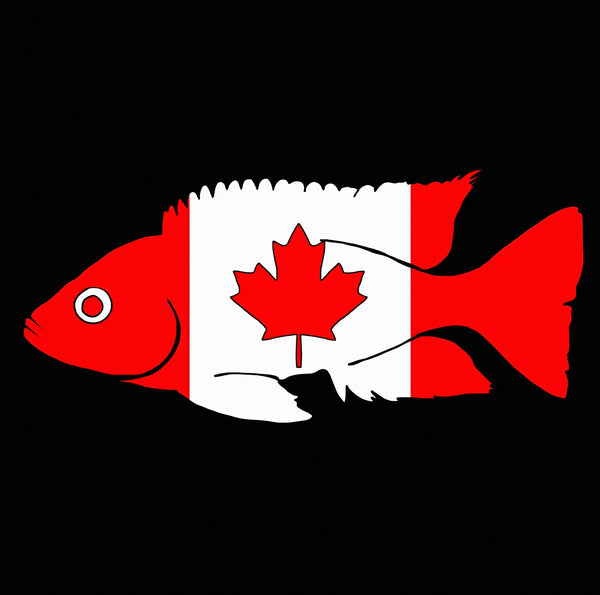SKU:CAT1817S
TELMATOCHROMIS BIFRENATUS
TELMATOCHROMIS BIFRENATUS
Out of stock
Couldn't load pickup availability
Telmatochromis bifrenatus is an ideal fish for beginners. It's easy to care for, is relatively undemanding, and it can be housed in a tank as small as 10 gallons. Furthermore, you'll find that breeding this cichlid is not very difficult.
"Biffs," as they are affectionately called, are dwarf cichlids from Lake Tanganyika. They're often found in clear water at a depth of 5-10 meters, wandering close to rocks or over coarse sand between rock patches. In the aquarium, I've found they quickly take up residence in shells or holey rock, whichever is present. Not only do they use these for hideouts, but also as spawning sites. While not very aggressive, this species is both solitary and territorial; therefore, to properly care for this species, at least one shell should be provided for every adult. I also recommend using coarse sand for substrate.
As already mentioned, Biffs can be housed in tanks as small as 10 gallons. Standard adult lengths are anywhere from 2 to 4 inches, with females being a bit smaller. It is a monomorphic species, meaning that males and females are indistinguishable.
This cichlid is characterized by a white body along with two dark, horizontal stripes along the length of its body in a crisscross pattern: One stripe bisects its flank, stretching all the way from its mouth to the base of its tail fin. The other stripe runs along the base of its dorsal fin, also spanning from its mouth to the base of its tail fin. A third, more faint line runs along the tip of its dorsal fin.
Despite being solitary, they will do best when kept in a small group of approximately five individuals: one male and the rest females. They will breed in a community setup, but in order to obtain the highest yield possible, they should be kept by themselves. Shells or caves are a requisite for getting them to spawn and raise their young.
Males and females will form temporary pair bonds, which lasts until a few days after the fry are free swimming. Spawning will occur in the female's shell. After the eggs have been deposited in the shell, she can be observed hovering at its entrance, fanning water inside in order to provide her young with fresh water and adequate oxygen. And who knows, maybe she's fanning small morsels of food their way as well.
Spawns number between 50 and 60 fry. Even before they begin pouring out of their mother�s shell, you should start to introduce suitable foods for them. Fry can be fed crushed flake, but seem to take best to baby brine shrimp or baby Daphnia, both of which you can easily bred and raise yourself. Growth is slow, but steady. It takes a solid 12 weeks before they�ll reach a length of just one inch. After that, growth really slows down.
For the first few days, the fry stay close to the shell. The father will defend the area around the shell from potential threats while the female cares for their offspring. But this only lasts long. After two or three days, the female ceases to show any interest in her young and the male retreats to his territory. The fry then disperse all over the tank. Remember, this is a solitary species! The fry are not dispatched or attacked by the older biffs in the tank until they are about an inch long. The best time to separate them then is sometime between six and 12 weeks.
Telmatochromis bifrenatus is an omnivore, feeding on microorganisms in the wild. In the tank environment, they can be fed flake food, Mysis, Cyclops, and Daphnia. Small, frequent feedings will help to bring this dwarf cichlid into breeding shape the quickest.
Share


